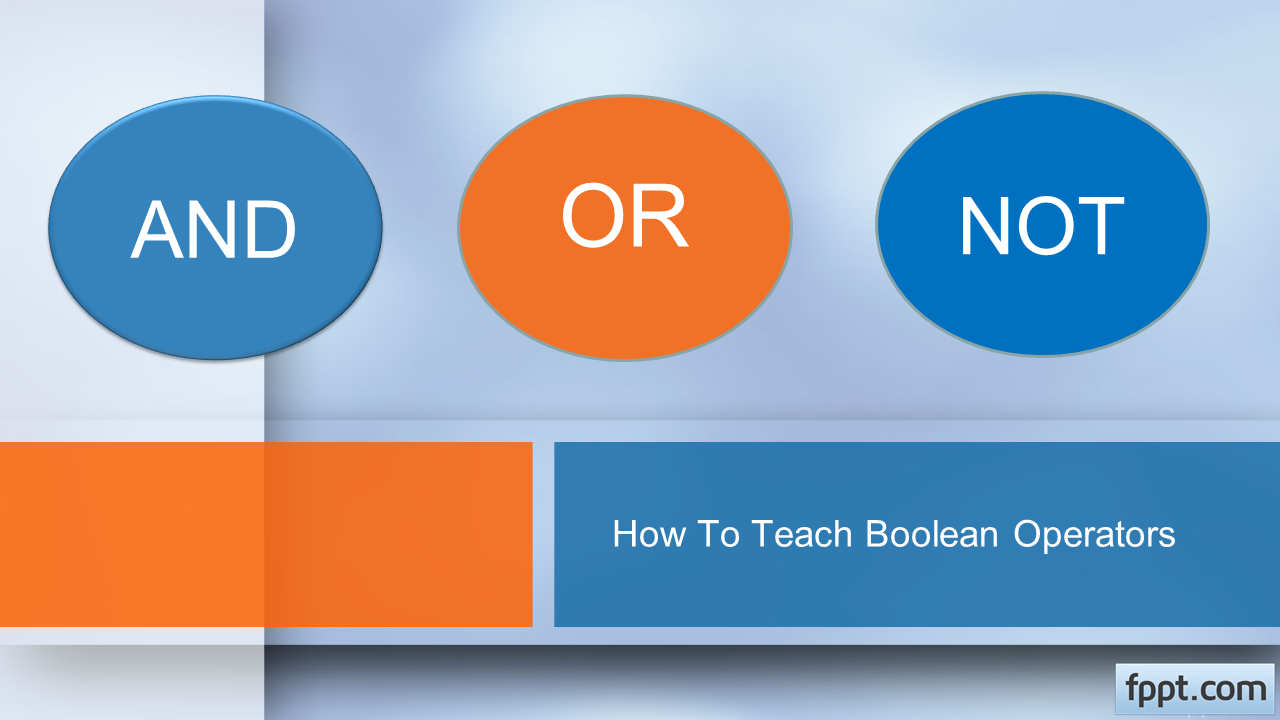
In this example from the Web of Science database, you can use the Basic search form to add multiple search lines by clicking on Add Another Field. Boolean methods can be used on any search engine: Google, LinkedIn, or even Facebook. Sometimes you will have to access the Advanced Search for these options. Many databases offer the functionality to separate out your search terms, and this saves you having to add the parentheses.

Boolean operators act on sets - groups of records conta Boolean Operators: A Cheat Sheet The circle diagrams that help illustrate the relationships between the sets used in Boolean logic were named after another mathematician, John Venn. A Boolean search allows system users to combine keywords with operators such as AND and OR. If you use a combination of AND and OR operators in one search, use parentheses (brackets) to group the OR words together so that your search is processed correctly. The Boolean operators, AND, OR, and NOT, help you construct a logical search.

They can be used independently or combined together to achieve your desired result.

You can include them in your search strings to target specific metrics, media types, or exclude content. They typically recognise AND as the primary operator and will connect concepts with AND together first. Below is a list of the most commonly used Boolean operators for filtering your coverage. ), quotation marks, parentheses, and wildcards, help you refine eDiscovery search queries. Databases usually process the Boolean operators in a logical order. Boolean search operators, such as AND, OR, help you define more-precise mailbox searches by including or excluding specific words in the search query.Other techniques, such as using property operators (such as > or.


 0 kommentar(er)
0 kommentar(er)
